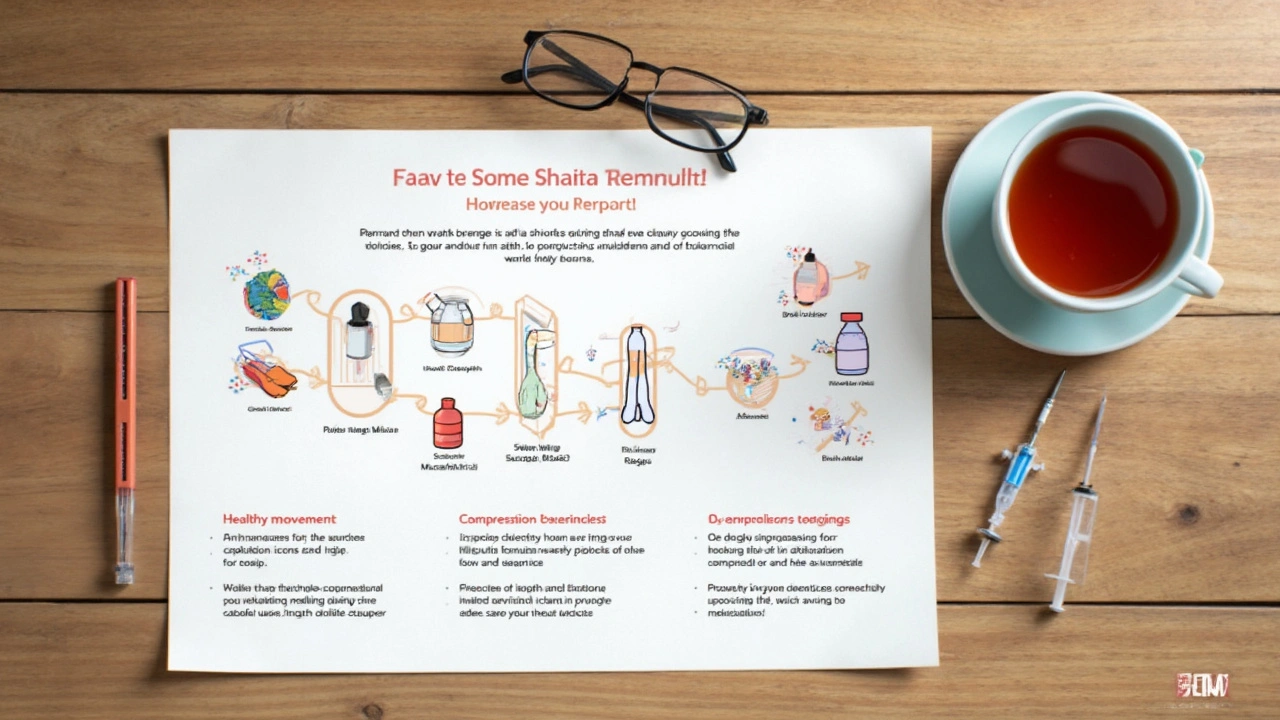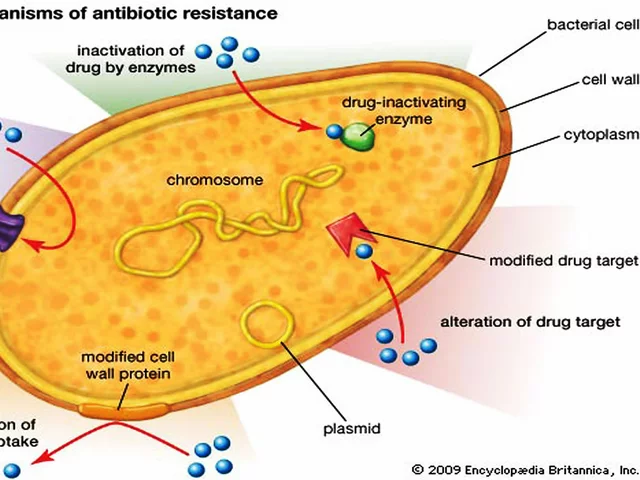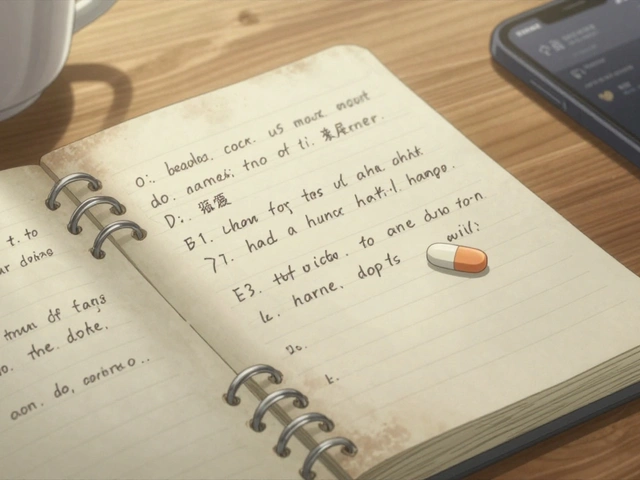
Why Blood Clots After Surgery Demand Your Attention
Surgeries fix problems, but they also come with risks. One risk that's way sneakier than most people expect is blood clots. Hospitals know it, surgeons stress about it, and every year, thousands of patients face real trouble because of blood clots sneaking up in their legs or even reaching their lungs. Officially, this is called “venous thromboembolism” (VTE), and it can get deadly if it turns into a pulmonary embolism. Here’s the thing: just lying in bed for a couple of days after an operation is enough to make your blood sluggish and prone to clumping. Your body was built to move, and when you’re not—even for a good reason, like surgery—those clotting factors don’t sit idle.
The stats are not comforting. About 900,000 cases of VTE happen in the U.S. each year, and surgery is a big trigger. In fact, after major surgery, the risk can go up to 50% without prevention. You don’t even need to be “old” to get hit. Young and otherwise healthy people can get clots, too, especially with genetic risk factors or if they smoke. Sitting still, everyday dehydration (which is common in hospitals), and that pain that keeps you glued to the bed make for a perfect storm.
Smart hospitals run checklists after surgery: Are you moving your legs? When did you last walk? Do you have compression socks on? Have you had your shots? The reason they're so pushy is that blood clots are mostly preventable if you know what to watch for. If you feel a hot, swollen lower leg after surgery or notice sudden shortness of breath, that’s serious signs to get checked ASAP. Even something as small as calf pain shouldn’t be brushed off. Blood clots are one of the wild cards after an operation, and knowing what works to stop them is a game-changer.
This isn’t just a doctor problem—patients and families can spot warning signs, ask the right questions, and use proven strategies to lower risk. And that’s not just fluff. As Dr. Samuel Goldhaber of Harvard Medical School said,
“Prevention of venous thromboembolism is a public health imperative. With awareness and the right interventions, most post-surgical clots can be avoided.”
Compression Devices and Stockings: Your First Line of Defense
Say you just got out of surgery. One of the first things nurses might wrap around your legs are tight, white stockings or robotic sleeves that rhythmically squeeze and relax your calves. These are not fashion statements—they’re high-tech blood clot busters. Compression devices, like sequential compression devices (SCDs), and compression stockings are mechanical ways to keep blood moving in your veins, even when you can’t walk much yet. The basic principle is simple: no moving? Simulate movement.
Compression forces blood to flow upward, countering gravity and stalling that dangerous pooling. For knee, hip, and abdominal surgeries especially, hospitals default to SCDs because the risk is sky-high. These devices constantly pulse, keeping your veins from turning into lazy rivers where clots can set up shop. There’s actual science here—randomized trials show that wearing them cuts DVT risk by more than half compared to no prevention. Wear them as much as possible, ideally 18–24 hours a day while you’re tied to a bed.
But, SCDs and stockings only work if you aren’t also wiggle-proof. If you keep crossing your legs, take them off without asking, or wear them wrong (they bunch up at the ankle), the protective effect drops. It’s not a magic bubble; you have to play your part. Pro tip: If they get itchy or you spot red areas or blisters, tell your nurse. Sometimes, the fit is wrong, or you need a new size. Unsure how they should feel? They should be snug, not painful.
Hot tip: There’s actually more science behind thigh-high versus knee-high. For most people, knee-highs are just as good. Unless your surgery is above the knee, you probably don’t need more coverage—and you’ll be more likely to keep them on.
Don’t let them collect dust by your bedside. These simple tools are proven and non-invasive, and they become foundation moves in the fight against blood clots after surgery. Of course, these devices work best with the next key strategy—getting moving.

Early Ambulation: Why Your First Steps Matter More Than You Think
Once you’ve woken up from anesthesia and the world stops spinning, you’ll hear hospital staff saying, “Time to get up!” And that’s not just busywork—they mean business. Early ambulation (or getting moving soon after surgery) is hands-down one of the most effective ways to keep your blood circulation healthy. Every set of calf and thigh muscles you activate turns your legs into natural pumps, pushing blood uphill and fighting clot formation like a built-in anti-clot machine.
How soon is “early?” Often within a few hours! Decades-old advice was to stay in bed for days, but modern evidence calls for walking, sitting up, or even just dangling your legs off the bed ASAP. Studies have shown that patients who get up quickly have way lower rates of deep vein clots—some research puts reduction as high as 75% when paired with other strategies.
The more you move, the more you win. If you can’t walk because of pain or surgical drains or IVs, start with foot pumps—flex and point your toes, roll your ankles in circles, or practice “marching” in bed. Physical therapists are your friends; they’ll have you up with equipment or support as early as your operation allows. If your care team says you need help, don’t play hero and get up alone. Team up—the goal is movement, not injury!
It’s not just about the first walk, either. Building a “movement habit” during recovery stops those long, inactive stretches that put you at risk. Set a timer or ask your nurse to help you move every couple of hours. Even short walks to the bathroom count. Friends or family visiting? Instead of just chatting, take a slow stroll down the hallway if you’re able. The more you mix movement into your day, the better your circulation works—and the lower your clot risk gets.
Sometimes, people feel nervous about getting up after surgery because they’re afraid of pain, faintness, or tearing stitches. Hospitals know this and will manage your pain, watch your blood pressure, and help you take those first steps safely. Being stubborn and not asking for help is just not worth it here. The faster you move—safely—the less chance clots have to grow in the shadows.
Want smart ideas for steps you can take at home? After hospital discharge, maintain a movement schedule. Tip: Don’t just flop on the couch—even if it’s tempting. Get up and take five-minute walks around the house every hour during the day. If you’re traveling soon after surgery, get up and stretch your legs frequently if you’re on a plane or road trip. Early, regular movement is a cheap but powerful anti-clot habit.
Heparin Shots and Medication: The Medical Armor
Sometimes the risk of blood clots is just too high for gadgets and walking alone to handle. That’s when doctors prescribe anticoagulant medications, with heparin shots being the hospital favorite. Heparin stops new clots from forming and keeps existing ones from getting bigger. Usually given under the skin every 8 to 12 hours for several days after an operation, these shots are a serious game-changer for blood clot prevention—especially for folks getting hip or knee replacements, abdominal surgeries, or cancer-related procedures.
What’s wild is that using heparin has cut fatal pulmonary embolism rates after surgery by up to 80%. One review pulled stats from thousands of patients and found that systematic heparin use made dangerous clots extremely rare, at least while patients were on it. The flipside? There’s always a balancing act with bleeding risk. Doctors decide who should get heparin by weighing clot risk against bleeding (for instance, not everyone gets shots after small procedures).
There are two main kinds of heparin: unfractionated and low-molecular-weight (LMWH). LMWH (like enoxaparin) is a daily shot, lasts longer in your system, and is easier to manage at home than the old-school unfractionated type, which needs lab monitoring. For most people going home after surgery, LMWH is the go-to. Don’t freak about shots; the needles are tiny, and nurses show you (or your loved ones) exactly how to use them if needed. Just don’t skip doses—missing even one can lower the protective effect.
If you have a history of clots, or you’re at high risk (think smoking, high blood pressure, obesity, or certain hormone pills), talk to your doctor about whether you should continue heparin shots after leaving the hospital. Sometimes, you’ll stay on them for weeks if your risk is sky-high. There are oral anticoagulants too, like apixaban and rivaroxaban, which you might take instead of shots in some situations. But always check in with your surgical or medical team before popping anything on your own.
Common side effects of heparin include bruising, light bleeding from gums or nose, or irritation at the shot site. Rarely, more serious bleeding can happen, so watch for signs like black tarry stools, coughing up blood, or large dark bruises—and get checked quickly. The bottom line: for many surgeries, heparin shots are the medical armor that keep clots off your radar long enough until you’re back to walking and living normally.
For more in-depth strategies on how to prevent blood clots after anesthesia, check out this detailed guide.

10 Proven Blood Clot Prevention Strategies That Save Lives
There’s no one-size-fits-all bullet against post-surgery clots. The magic happens by combining strategies and sticking to what actually works. Here are ten practical, effective moves you can take—solo or with your care team—to slash your clot risk after an operation:
- Wear Compression Devices Consistently: Don’t skip or remove SCDs or stockings unless told by your care team. Fit matters—snug but comfortable does the trick.
- Get Up as Soon as Healthily Possible: Even just sitting up and hanging your legs over the bed is better than nothing. Take short walks every hour, even if slow.
- Stick to Medication Schedules: Don’t forget your heparin or other anticoagulant dose—mark it in your phone or calendar if needed.
- Hydrate Regularly: Dehydrated blood is thicker blood—sip small amounts of water throughout the day unless your doctor limits fluids.
- Use Leg Exercises in Bed: Flex and relax your calf and thigh muscles every hour. Pretend you are tapping your foot to music or cycling slowly.
- Report Swelling or Pain: Hot or swollen calves, unexplained pain behind the knee, or sudden chest pain? Get help fast—it could be a clot.
- Avoid Crossing Legs or Prolonged Sitting: Crossed legs pinch veins and block blood flow. Switch positions often, especially on couches or during travel.
- Manage Weight Before and After Surgery: Overweight bodies are more likely to form clots, especially during recovery. Follow your team’s nutrition and movement tips.
- Ask About Family History: If you have a close family member with clotting problems, your risk is higher. Tell your surgical team—they may add extra protection.
- Skip Smoking: Smoking thickens blood and damages vessels, making clots more likely after surgery. The earlier you quit, the better your blood behaves.
Below is a handy comparison chart showing how these strategies perform when used alone or together:
| Strategy | Risk Reduction (approx.) | Works Best With |
|---|---|---|
| Compression Devices | 50–60% | Early ambulation |
| Heparin Shots | 70–80% | Compression + movement |
| Early Movement | 50–75% | All other methods |
| Leg Exercises (bed-bound) | 30–40% | Hydration + medication |
| Hydration | Unmeasured alone, boosts all others | Not skipping movement |
Your best bet after surgery is staying ahead of clots with a mix of habits, tech, and medication. If you’re juggling instructions, ask your team for a written prevention plan or checklist. No one expects you to remember everything, especially while recovering. But don’t just rely on the hospital to keep an eye out—family, friends, and your own awareness are serious assets. Recovery isn’t a spectator sport; stay active in your own protection.
Don’t forget—blood clots can sneak up when you feel fine one hour, and rough the next. By keeping these strategies front and center, you reduce the odds of a nasty surprise interrupting your recovery. As tedious as some routines might seem, they’re tried, tested, and absolutely worth every bit of effort you put in. Stay safe, keep moving, and give your veins every reason to flow clear and healthy while you heal up from surgery.




Joseph Kloss
April 30, 2025 AT 02:46Life after the operating table is a paradox: the very thing that healed you becomes a battlefield for sluggish blood. We’re handed compression sleeves that look like futuristic socks and told to ambulate like a newborn deer, all while the hospital’s schedule tries to turn recovery into a bureaucratic sprint. The truth, stripped of marketing fluff, is that the body’s own pumps need a gentle nudge, not a cruel lecture. If you ignore the subtle cues-ankle swelling, a restless calf-you’re basically signing a contract with a silent assassin. Science backs the devices, but the real effectiveness lies in the patient’s willingness to surrender comfort for circulation. In short, the postoperative hype is only as good as the discipline you impose on yourself. Otherwise, you’ll pay the price when a clot decides to pay an uninvited visit.
Anna Cappelletti
April 30, 2025 AT 03:03Great rundown! The step‑by‑step approach makes the whole prevention plan feel doable, even when you’re feeling sore. Staying hydrated is a simple habit that often gets overlooked, but keeping the blood thin is a crucial piece of the puzzle. I love that you reminded us to check the fit of compression stockings-tight enough for support, but not so tight that they cause pain. With a bit of organization and a supportive nursing team, these strategies can truly become second nature.
Dylan Mitchell
April 30, 2025 AT 03:53OMG, those clott‑busting socks are literally life‑sav‑er!!!
Elle Trent
April 30, 2025 AT 04:10The checklist feels more like a corporate compliance document than a genuine care plan. Sure, the data behind compression devices and heparin is solid, but the marketing spin can make patients think the tech alone will save them. In practice, the most common failure point is patient non‑adherence-people pull off stockings because they itch or because the nurse forgets to reapply them. Hospitals could do better by integrating real‑time alerts for device usage rather than relying on manual checks. Until that happens, we’re left juggling jargon and half‑hearted instructions that barely move the needle on clot prevention.
Jessica Gentle
April 30, 2025 AT 05:00First off, kudos for putting together such a thorough guide-this is exactly the kind of resource patients need when navigating post‑operative care. One of the biggest misconceptions is that clots only happen to ‘high‑risk’ folks; the reality is that anyone who’s immobile for more than a few hours is vulnerable. Compression stockings work best when they’re properly sized, so don’t hesitate to ask the nursing staff for a quick measurement before you leave the OR. If the material feels too tight or causes skin irritation, swap them out immediately; an uncomfortable fit can actually decrease circulation. Early ambulation doesn’t have to mean marathon walks-simple activities like sitting up in bed, dangling your feet over the side, or marching in place can fire up the calf muscle pump. Physical therapists are an under‑used resource; they can teach you safe leg‑raise exercises that you can continue at home. Hydration is another low‑effort, high‑impact strategy: aim for at least 1.5–2 liters of fluid a day unless your doctor has placed fluid restrictions. When it comes to medication, never miss a dose of heparin or oral anticoagulants; setting an alarm on your phone can be a lifesaver. If you experience any unexpected bruising, nosebleeds, or dark stools, contact your surgeon right away-these could be warning signs of bleeding complications. Family members can play a crucial role by reminding you to move, checking that your compression devices are snug, and keeping a water bottle within reach. Travel after surgery is a common concern; on long flights or car rides, try to stand up and stretch every hour, or at least flex your ankles while seated. Weight management and smoking cessation are long‑term habits that dramatically lower clot risk not just after surgery, but throughout life. If you have a known clotting disorder or a strong family history, let your healthcare team know early so they can tailor a more aggressive prophylactic plan. Remember, the goal isn’t to add stress but to build a sustainable routine-think of each movement, sip of water, and medication dose as a small victory. Creating a written checklist with your discharge instructions can keep everything organized and reduce the chance of missed steps. Stay proactive, stay informed, and give your circulatory system the support it needs-you’ll be back on your feet faster and safer.
Samson Tobias
April 30, 2025 AT 05:16I appreciate how you broke everything down into actionable steps; it makes the whole process feel less daunting. Setting alarms and involving family are simple tricks that can make a huge difference in adherence. Your emphasis on balance-preventing clots while monitoring for bleeding-captures the delicate nature of postoperative care. Keep up the great work, and thanks for sharing such a valuable resource with the community.